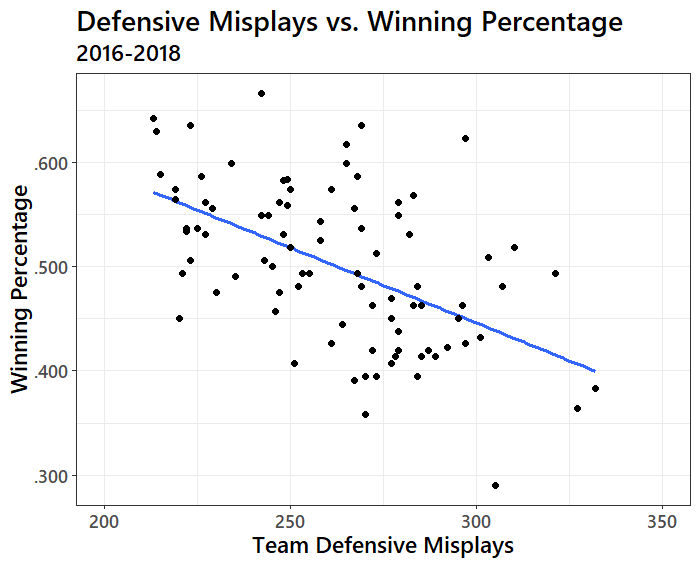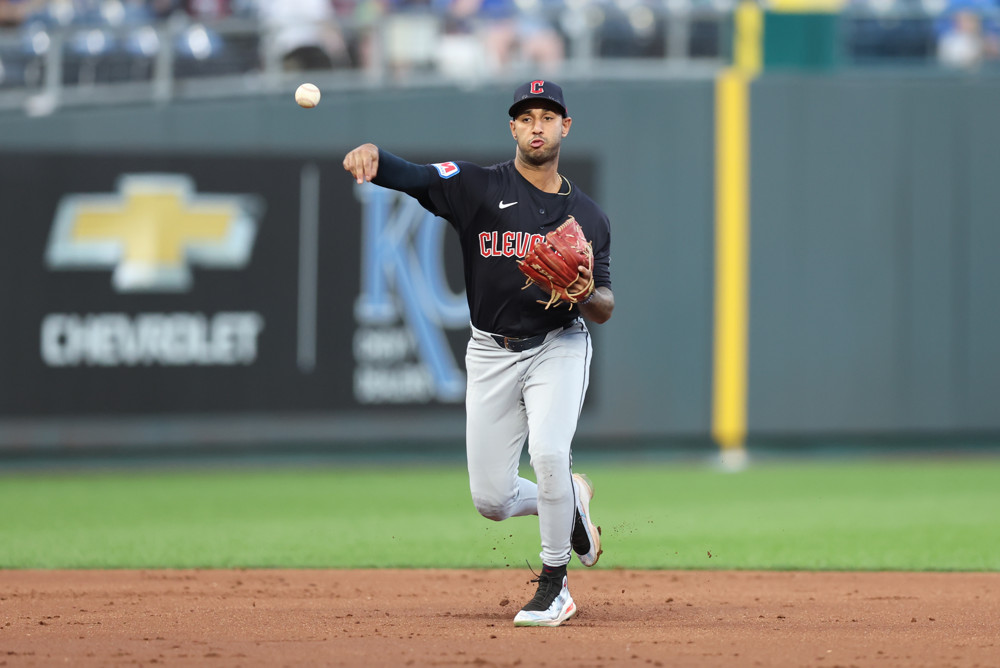By ANDREW KYNE
Jake Arrieta’s recent comments called attention to the Philadelphia Phillies’ infield shifts. The veteran right-hander complained that his team is “the worst in the league with shifts,” and by our Shift Runs Saved metric at Sports Info Solutions, he is indeed correct. The Phillies rank last in Major League Baseball in Shift Runs Saved, costing themselves eight runs while no other team has cost themselves more than two runs. What has gone wrong for Gabe Kapler’s club?
Most of the Phillies’ shift struggles have come against right-handed batters. Despite shifting righties much less frequently, shifts have cost them seven runs against righties and one run against lefties. On groundballs and short line drives, right-handers have hit .326 against the Phillies’ full Ted Williams shifts (three infielders on the left side of second base) and .381 against their partial Ted Williams shifts (two players significantly out of normal positioning).
| Bat Side | Full Shifts | Partial Shifts | |
|---|---|---|---|
| Phillies | Right | .326 | .381 |
| MLB | Right | .232 | .283 |
| Phillies | Left | .255 | .271 |
| MLB | Left | .206 | .267 |
Against left-handed batters, the batting averages the Phillies allow on grounders and short liners are better when shifting (.255 with Full, .271 with Partial) than when not shifting (.299). However, compared to the rest of the league (.206 with Full, .267 with Partial), their shift performance is still problematic.
Further review of the Phillies’ costliest Shift Runs Saved plays, particularly against right-handed batters, reveals another issue: throwing. Two of their worst plays happened to come behind Arrieta in his April 25th outing versus Arizona. Paul Goldschmidt twice rolled a groundball into the shift, but Maikel Franco committed a throwing error in the fourth inning and J.P. Crawford followed with a throwing error of his own in the sixth.
Our “Good Throw Rate” statistic illustrates the Phillies’ struggles of throwing to first base from the left side of the infield. Franco, Crawford, and Scott Kingery can all be found near the bottom of the rankings at their respective positions.
| Player | Pos | Rate | Pos Rank |
|---|---|---|---|
| Scott Kingery | SS | 93% | 27th of 36 |
| J.P. Crawford | SS | 88% | 35th of 36 |
| Maikel Franco | 3B | 86% | 37th of 37 |
Part of their poor shift performance is certainly attributable to positioning, luck, and other factors, but the Phillies’ underlying defensive skills may be the root of the problem. By Defensive Runs Saved, which does not include shift plays, they have lost 13 runs at shortstop and six runs at third base this season, tying for the worst left side of the infield in baseball with the Baltimore Orioles.
| Team | DRS |
|---|---|
| Philadelphia Phillies | -19 |
| Baltimore Orioles | -19 |
| New York Mets | -15 |
| New York Yankees | -14 |
| Boston Red Sox | -13 |
| Pittsburgh Pirates | -13 |
Shifting does improve their poor defense, particularly on the left side, but it is still well below average relative to the rest of the league. Moving forward, there is reason to be optimistic from a strategy standpoint. The Phillies say that the information they were using in April
“wasn’t always up to date” and they are confident that they have since implemented positive changes to their positioning strategy.
As it turns out, all eight of their runs lost to the shift came in March and April, so they have performed considerably better (yet still not great) in recent weeks. That said, the shift cannot always mitigate the effects of poor defenders, especially when it comes to throwing across the diamond.


